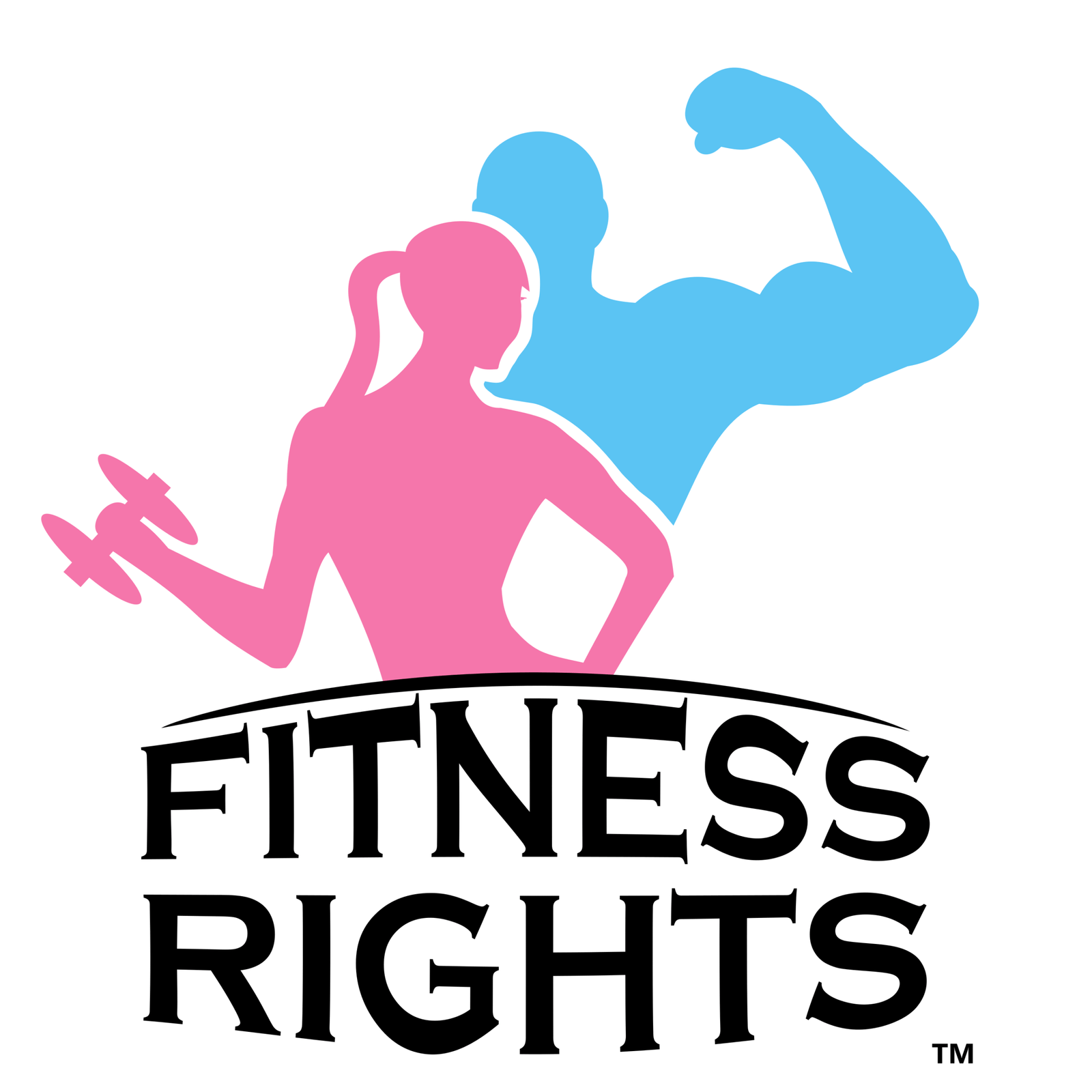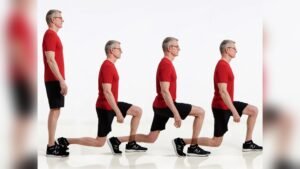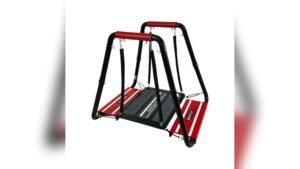for allStretching strap exercises have been a staple in fitness routines for centuries, dating back to ancient practices in yoga and martial arts. These exercises are not just for athletes or fitness enthusiasts; they offer a myriad of benefits for anyone looking to improve their physical health.
Table of Contents
ToggleImproved Flexibility
One of the most notable benefits of using a stretching strap is the enhancement of flexibility. Flexibility is crucial for maintaining a full range of motion in the joints, which can prevent injuries and improve overall physical performance. Stretching straps allow for deeper stretches that might be difficult to achieve otherwise. For instance, a hamstring stretch using a strap can help you reach further and stretch deeper, targeting the muscle more effectively. This is particularly beneficial for those who have tight muscles or limited flexibility.
Enhanced Muscle Recovery
Stretching straps are also excellent tools for muscle recovery. After an intense workout, muscles can become tight and sore. Stretching helps to alleviate this soreness by increasing blood flow to the muscles, which aids in the removal of lactic acid and other metabolic waste products. Using a stretching strap can help you hold stretches longer and more comfortably, ensuring that you get the most out of your post-workout recovery routine. This can lead to quicker recovery times and less muscle soreness, allowing you to get back to your workouts sooner.
Types of Stretching Straps
Stretching straps come in various types, each designed to cater to different needs and preferences. Understanding the different types can help you choose the one that best suits your fitness goals.
Basic Nylon Straps
Basic nylon straps are the most common type of stretching straps. They are durable, affordable, and versatile, making them a popular choice for beginners and advanced users alike. These straps usually come with multiple loops, allowing you to adjust the length and tension easily. They are perfect for a wide range of exercises, from simple stretches to more complex yoga poses.
Elastic Stretching Straps
Elastic stretching straps, often made from materials like latex or rubber, offer a different kind of resistance compared to nylon straps. These straps are more flexible and can provide a gentle stretch, making them ideal for rehabilitation exercises and gentle stretching routines. They are also great for dynamic stretches, where you move through a range of motion rather than holding a static stretch.
Yoga Straps
Yoga straps are specifically designed for yoga practitioners. They are usually made from cotton or hemp and are softer than nylon straps. Yoga straps often come with a buckle or D-ring, allowing you to create a loop that can be used to deepen stretches and improve alignment in various yoga poses. They are an essential tool for anyone practicing yoga, from beginners to advanced yogis.
How to Choose the Right Stretching Strap
Selecting the right stretching strap can make a significant difference in your stretching routine. Here are some factors to consider when making your choice.
Material and Durability
The material of the stretching strap is a crucial factor to consider. Nylon straps are known for their durability and strength, making them suitable for intense stretching routines. Elastic straps, on the other hand, offer more flexibility and are ideal for gentle stretches and rehabilitation exercises. Yoga straps made from cotton or hemp are softer and more comfortable, making them perfect for yoga practices. When choosing a strap, consider the type of exercises you will be doing and select a material that will withstand the wear and tear of your routine.
Length and Adjustability
The length of the stretching strap is another important consideration. Most straps come in lengths ranging from 6 to 10 feet. A longer strap offers more versatility and can be used for a wider range of exercises. Adjustable straps with multiple loops or buckles allow you to customize the length and tension, making them more versatile and user-friendly. When selecting a strap, consider your height and the types of stretches you plan to do. A longer, adjustable strap is generally a good choice for most users.
Top Stretching Strap Exercises
Incorporating stretching strap exercises into your routine can enhance your flexibility, improve muscle recovery, and prevent injuries. Here are some of the top exercises you can try.
Hamstring Stretch
The hamstring stretch is a classic exercise that targets the muscles at the back of your thigh. To perform this stretch, lie on your back with one leg extended on the floor. Loop the stretching strap around the arch of your foot on the other leg and gently pull the strap to lift your leg towards the ceiling. Keep your knee straight and hold the stretch for 30 seconds. This exercise helps to lengthen the hamstrings, improve flexibility, and reduce the risk of injuries.
Shoulder Stretch
The shoulder stretch is an excellent exercise for relieving tension and improving flexibility in the shoulders. To perform this stretch, hold the stretching strap with both hands behind your back. Gently pull the strap with one hand to bring the other hand up towards your shoulder blade. Hold the stretch for 30 seconds and then switch sides. This exercise is particularly beneficial for those who spend long hours sitting at a desk or working on a computer, as it helps to alleviate shoulder and neck tension.
Tips for Effective Stretching
To get the most out of your stretching routine, it’s essential to follow some best practices. Here are some tips to help you stretch effectively.
Warm-Up Before Stretching
Warming up before stretching is crucial for preventing injuries and getting the most out of your stretches. A proper warm-up increases blood flow to the muscles, making them more pliable and less prone to injury. You can warm up with light cardio exercises like jogging, jumping jacks, or brisk walking for 5-10 minutes. This prepares your muscles for the stretching routine and helps you achieve deeper stretches.
Hold Each Stretch for 30 Seconds
Holding each stretch for at least 30 seconds is essential for improving flexibility and muscle recovery. This duration allows the muscle fibers to lengthen and adapt to the stretch, leading to better flexibility over time. Avoid bouncing or making sudden movements while holding the stretch, as this can cause muscle strain or injury. Instead, focus on breathing deeply and relaxing into the stretch.
Common Mistakes to Avoid
While stretching strap exercises are beneficial, it’s essential to avoid common mistakes that can hinder your progress or cause injuries.
Overstretching
Overstretching is a common mistake that can lead to muscle strains and injuries. It’s important to listen to your body and avoid pushing yourself too hard. Stretching should be a gentle and gradual process. If you feel pain or discomfort, ease off the stretch and give your muscles time to adapt. Remember, flexibility improves over time with consistent practice, so be patient and avoid overstretching.
Incorrect Form
Using incorrect form during stretching exercises can reduce their effectiveness and increase the risk of injury. It’s essential to maintain proper alignment and posture while stretching. For example, when performing a hamstring stretch, keep your back straight and avoid rounding your shoulders. Using a mirror or seeking guidance from a fitness professional can help you ensure that you are using the correct form.
Relevant Data Table For The 14 Stretching Straps Exercises:
| Exercise Name | Target Muscle Group | Difficulty Level | Duration (Seconds) |
| Hamstring Stretch | Hamstrings | Easy | 30 |
| Shoulder Stretch | Shoulders | Easy | 30 |
| Quadriceps Stretch | Quadriceps | Medium | 30 |
| Calf Stretch | Calves | Medium | 30 |
| Triceps Stretch | Triceps | Easy | 30 |
| IT Band Stretch | IT Band | Medium | 30 |
| Chest Stretch | Chest | Easy | 30 |
| Hip Flexor Stretch | Hip Flexors | Medium | 30 |
| Lower Back Stretch | Lower Back | Medium | 30 |
| Glute Stretch | Glutes | Medium | 30 |
| Groin Stretch | Groin | Medium | 30 |
| Neck Stretch | Neck | Easy | 30 |
| Side Stretch | Obliques | Easy | 30 |
| Wrist Stretch | Wrists | Easy | 30 |
FAQs:
How often should I use a stretching strap?
Using a stretching strap can be incorporated into your daily routine for optimal results. For beginners, it’s recommended to start with 3-4 times a week, gradually increasing the frequency as your flexibility improves. Consistency is key to seeing progress, so try to make stretching a regular part of your fitness regimen. It’s also beneficial to use the strap after workouts to aid in muscle recovery and reduce soreness.
Can stretching straps help with injury prevention?
Yes, stretching straps can play a significant role in injury prevention. They allow for controlled and deep stretches, which can improve flexibility and range of motion. This, in turn, reduces the risk of muscle strains and joint injuries. Stretching straps also help in maintaining proper form during stretches, ensuring that you target the right muscles without overextending or causing harm. Incorporating stretching strap exercises into your routine can help keep your muscles and joints healthy and resilient.
Are there any risks associated with using stretching straps?
While stretching straps are generally safe, there are some risks to be aware of. Overstretching or using improper form can lead to muscle strains or injuries. It’s important to listen to your body and avoid pushing yourself too hard. If you experience pain or discomfort, ease off the stretch and consult a fitness professional if needed. Additionally, ensure that the strap is in good condition and not frayed or damaged, as this can cause it to snap during use.
What is the best time of day to use a stretching strap?
The best time to use a stretching strap depends on your personal schedule and fitness routine. Many people find it beneficial to stretch in the morning to loosen up stiff muscles and prepare for the day ahead. Others prefer to stretch in the evening as a way to relax and unwind after a long day. Stretching after a workout is also highly recommended, as it helps to cool down the muscles and aids in recovery. Ultimately, the best time to stretch is whenever it fits into your routine and feels most comfortable for you.
Can stretching straps be used for rehabilitation exercises?
Yes, stretching straps are excellent tools for rehabilitation exercises. They provide gentle resistance and support, making them ideal for individuals recovering from injuries or surgeries. Stretching straps can help improve flexibility, range of motion, and muscle strength in a controlled and safe manner. They are commonly used in physical therapy to aid in the recovery of various conditions, such as muscle strains, joint injuries, and post-surgical rehabilitation. Always consult with a healthcare professional before starting any rehabilitation exercises to ensure they are appropriate for your specific condition.
Conclusion:
Stretching strap exercises are a versatile and effective way to improve flexibility, enhance muscle recovery, and prevent injuries. By selecting the right strap and incorporating a variety of exercises into your routine, you can achieve significant benefits. Remember to avoid common mistakes and follow best practices for optimal results. For more detailed information on how to use a yoga strap and various strap stretches, you can visit IM Centered and OPTP.
Posts References:
How to Use a Yoga Strap: 14 Strap Stretches You Should Try
Stretch Out Strap® with Exercise Book – OPTP






